While the Madras High Court enumerated the acknowledgement of “chosen-family” within the LGBTQIA+ jurisprudence, a closer look at the court’s observation has led to noticeable anomalies that could’ve been avoided in order to “appear” more liberal among the citizenry. It is to be noted that although the court has been apologetic enough due to a lack of “legality” over the status of marital rights to queer citizens, their acknowledgement of “chosen-families” is not as radical as we are making it to be.
A denial of marital visibility, ensuring a denial of social, economic, and political visibility cannot be sugar-coated by providing a safe-passage to two women, who were already of age, and intended to live with each other. The judgement is in tune with earlier judgements that had offered protection to queer couples who were a victim of natal family violence and privacy invasion.
The family: a conscious choice, or a coerced one?
During Deepika Singh v. Pgimer, Chandigarh, the court had challenged the typical notion of a family, that is thought to be consisting of a mother, father, and their children. While the challenge to the normative definition of a family seems progressive, real progress lies in making provisions for “chosen-family” that are equivalent to the advantages enjoyed by a “traditional” family. The Cuban passing of the Family Code in 2022 has granted its citizenry the real rights to form families of their choice by legaising adoption, same-sex marriage, and gestational surrogacy: all of these are unavailable to queer couples in India.
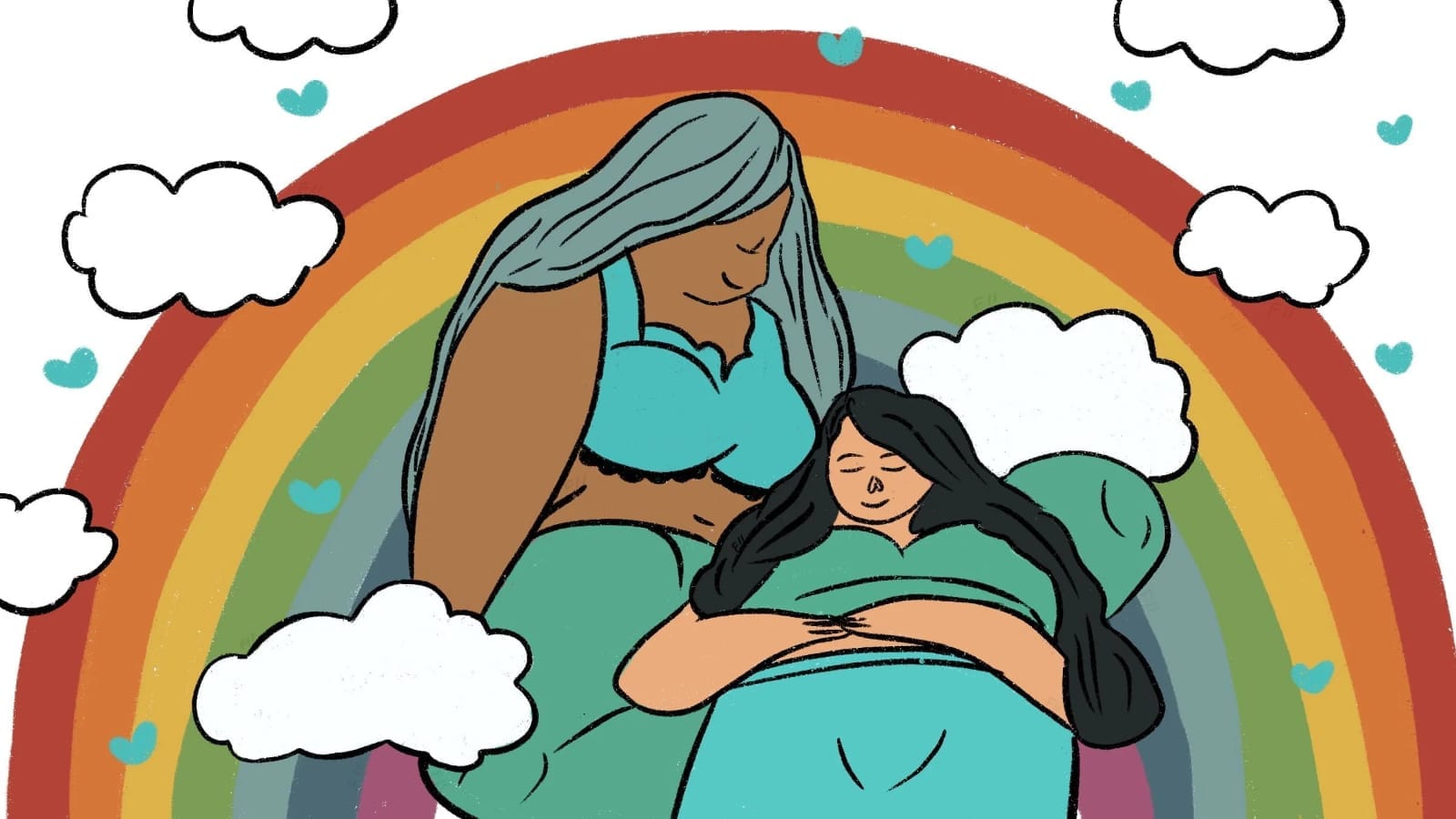
Suggesting that queer couples can choose to form their own families, does nothing more than virtue-signalling, when the provisions for doing so, haven’t been set in stone. The Cuban Family Code of 2022 has also been criticised for putting it to a popular vote, even though the votes received favoured the passage of the code. Putting the Family Code through a popular vote enraged religious fundamentalists, which reminds us of the opposition received during the decriminalisation of Section 377 in 2018.
During the Marriage Equality hearing, the Supreme Court failed to legalise same-sex marriage stating that it was not a fundamental right, and the decision was beyond its scope, leaving it to the parliament. Thus, when the court has left no other option, other than cohabitation, it is a coerced choice and not a free one. While we agree that marriage is not the sole indicator of a “family”, the choice of what queer individuals would like to call their family, rests solely on them. Some couples would want to marry and adopt children, while some would simply wish to enjoy equal parental responsibilities, out of a wedlock.
Learning from the criticism that Cuba had received, we must put our reliance on constitutional morality, rather than majoritarian morality, which might not be in our favour if conservatives and religious fundamentalists are the ones deciding on it. Kath Weston’s Family We Choose: Lesbians, Gays, Kinship is an extraordinary text on the subjectivities of chosen families. With regard to the case, chosen family seems to consist of two consenting adults, cohabiting; Weston has argued that chosen families can be extended to oppose the naturalness of a “biological” family, by advocating for queer individuals’ rights to construct and deconstruct “family”, in a way that feels liberating to them.
Weston’s definition included ex-lovers, friends, children from former unions, etc. Thus, “chosen-family” is a fluid concept and cannot be shaped by the limitations that bind Indian queer couples into a coerced choice.
Weston’s definition included ex-lovers, friends, children from former unions, etc. Thus, “chosen-family” is a fluid concept and cannot be shaped by the limitations that bind Indian queer couples into a coerced choice. Advocacy for chosen families can only take shape when provisions have been made available but the socio-political temperament towards them remains aggressive. It is redundant to advocate for something when it hasn’t yet walked its way up the ladder.
Identification and subjectivities: beyond the “normal”
To provide a background to the case, the petitioner had approached the high court when their partner was taken away by their natal family and was subjected to corrective rituals. This not only infringed on an adult woman’s privacy but also subjected them to physical abuse and corrective rituals and which have been medically banned but unregulated practices by godmen, corrective rape, etc. are still performed, outside medical premises. The police, have aided the natal family by coercing the detenue in going along with them.
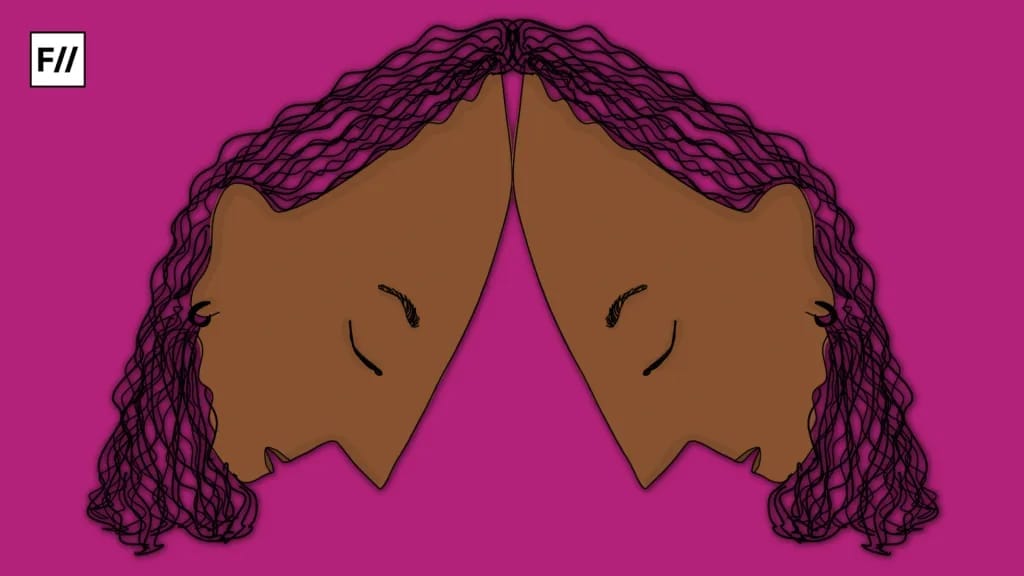
It is to be noted, there have been budget cuts in the police department, responsible for their training and capacity building, going against the ethos of a gender-responsive budget, which the country prides itself on. Training and sensitisation would help the police in recognising the plight of queer citizenry and adequate help could’ve been provided to them. The natal family accused the petitioner of having made their ward a ‘drug-addict‘ and that they should be able to take full cognisance. Having spoken to the detenue the court observed that she was well-qualified and a perfectly normal looking young woman and that it would be wrong to label her as an addict.
This not only reifies the elitism behind the recognition of queer individuals but also brings us to the question that if she hadn’t looked a certain way, would the outcome have been any different or if there’s a way to identify ‘drug-addicts‘ by their face-value. The Marriage Equality hearing stressed on the queer individuals belonging to different walks of life when the government tried to put them into an “urban-elitist” construct. The court also observed that the natal-family was no ‘Justice Leila Seth‘, the mother of renowned writer Vikram Seth, who acknowledged and accepted his sexual orientation.
This statement not only solidifies the fact that progressive and liberal ideas come through cultural, economic, and social capital, it takes away any/all accountability from the natal family who inflicted violence upon their daughter. The observation should’ve been made after being informed about the countless narratives of parental acceptance from underprivileged India.
The court was also of the opinion that the term “queer” does not sit well with them as the dictionary definition referred to queer as someone “odd or strange”.
The court was also of the opinion that the term “queer” does not sit well with them as the dictionary definition referred to queer as someone “odd or strange”. The historical emergence of the term hints at the trial that Oscar Wilde was subjected to. Since then, the term has been slowly reclaimed and is often used as an umbrella term to refer to the community or as a form of self-identification. The court also observed that they would be following the Yogyakarta Principles formulated in the year 2006. The 24th principle, referred to by the court, stat
es that everyone has the right to a family. The court, by the very limitations in the State, should’ve defined what they meant by “chosen-families”. The term is loaded and should’ve been defined for a better understanding of the contextuality.
A judgement that sounds good on paper might not seem progressive when you read the fine print. Queer lives have always been in a predicament. Their identities questioned, expressions mocked, and orientation ridiculed; a “chosen-family” is where they find peace and support. If their advocacy for queer rights were as loud as their ceremonial acknowledgement of “chosen-family” was, they would have sought a historical background to the reclamation of “queer”.
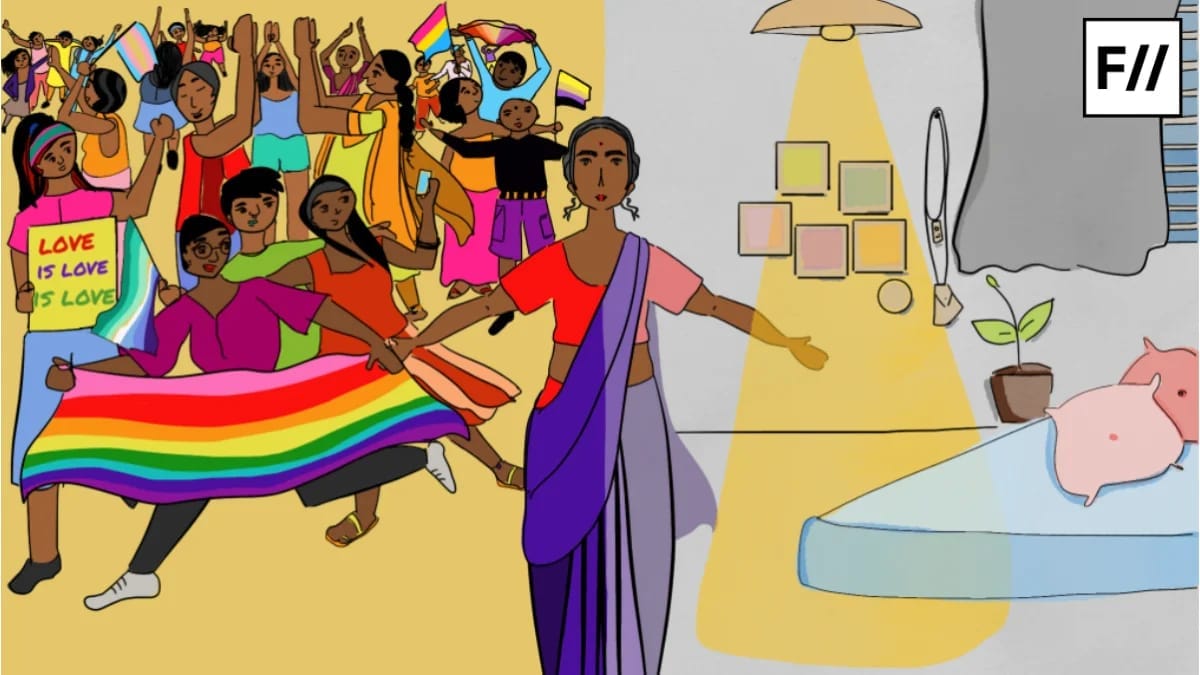
A radical queer praxis is essential to bring recognition to the different forms of non-traditional families that have existed all along. Queer kinship has not only challenged our notions of a heteronormative family but also forged a path for relationships to develop without it being “natural”.
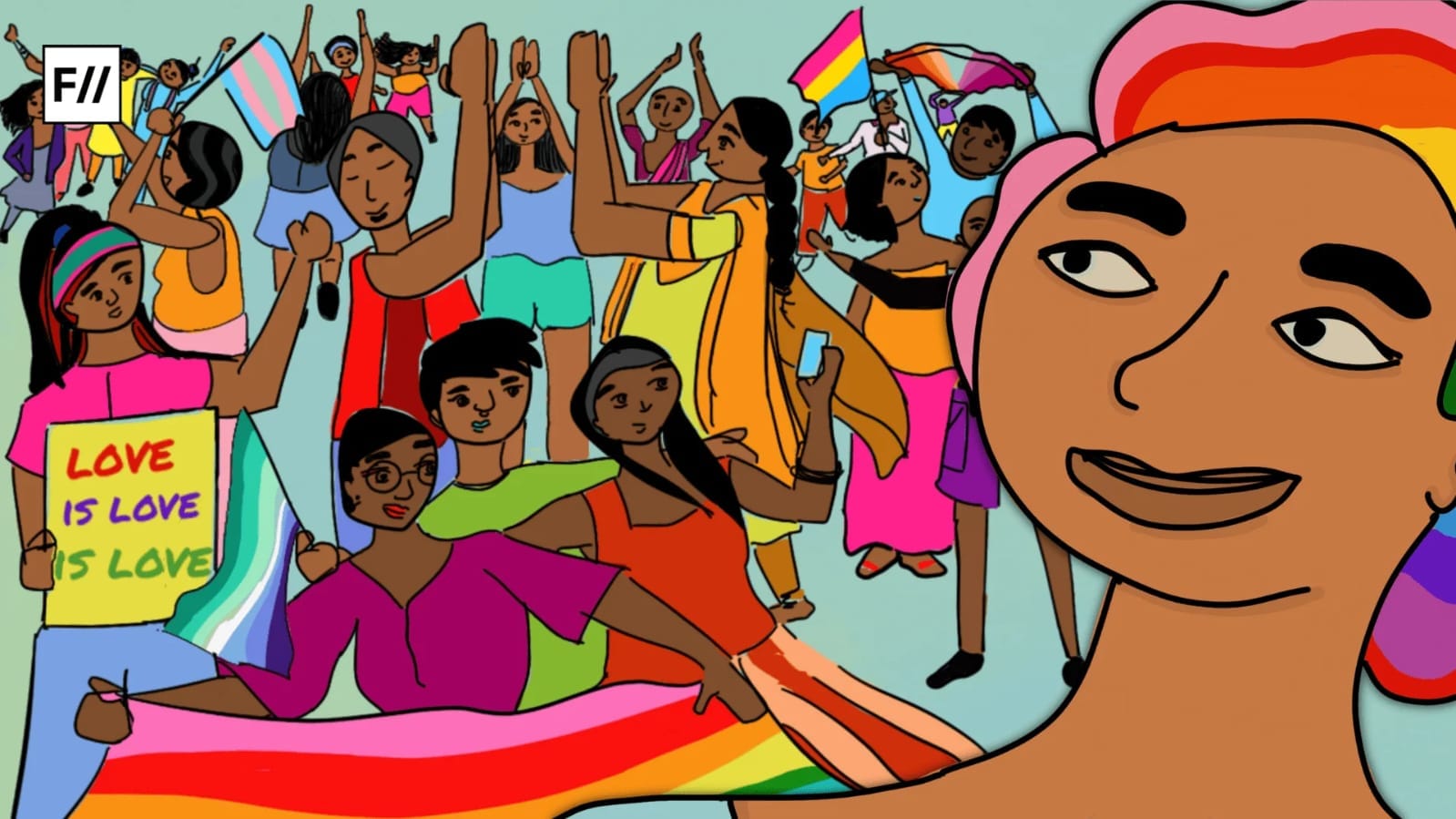


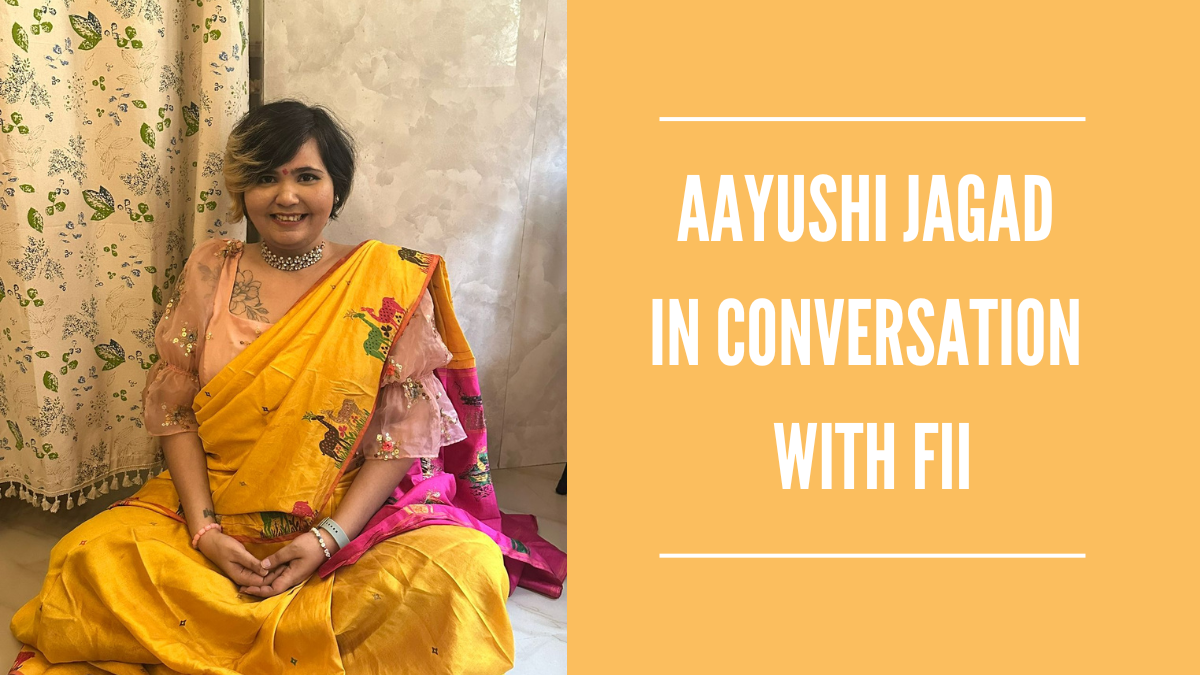
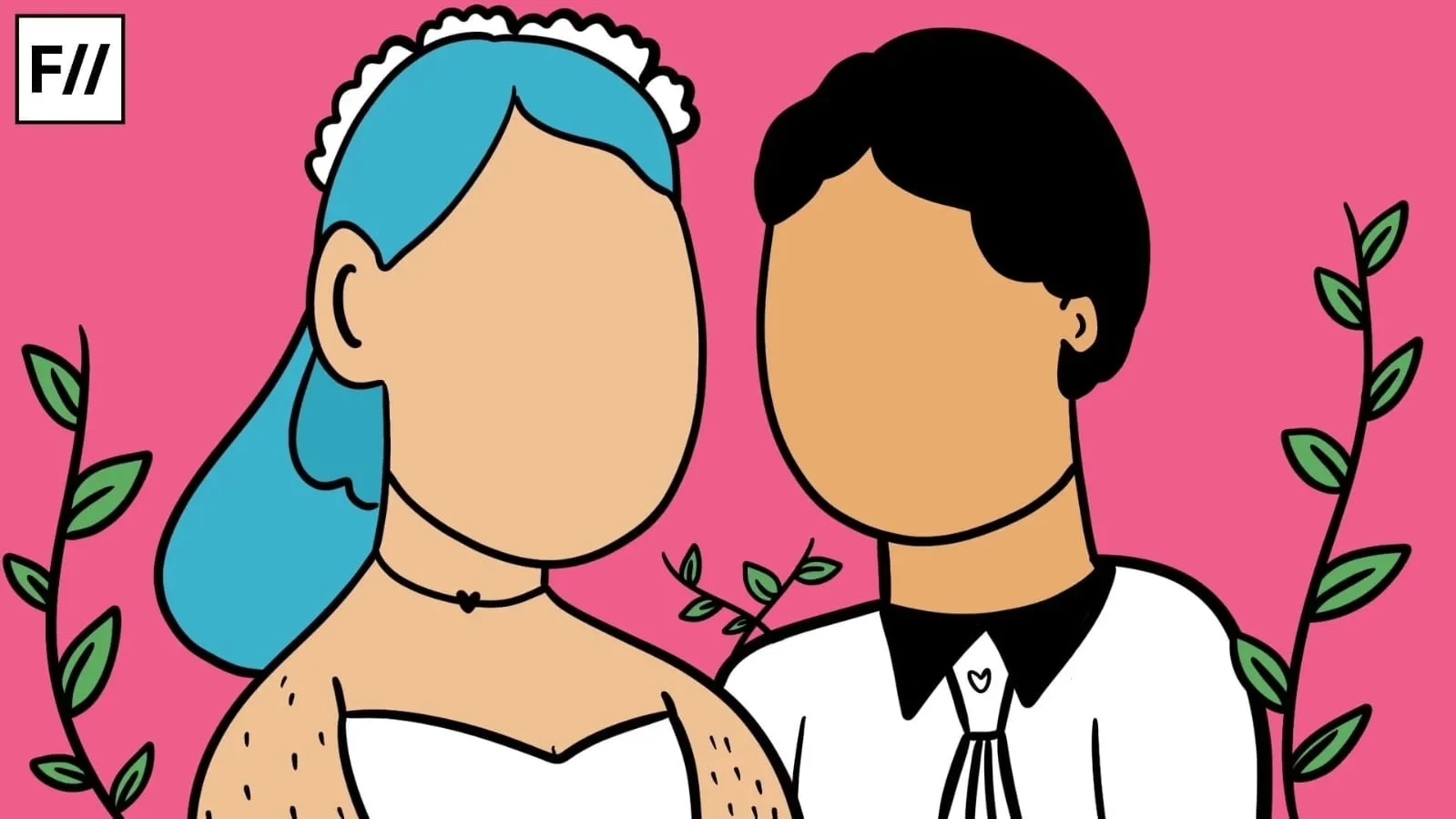


sharing with friends